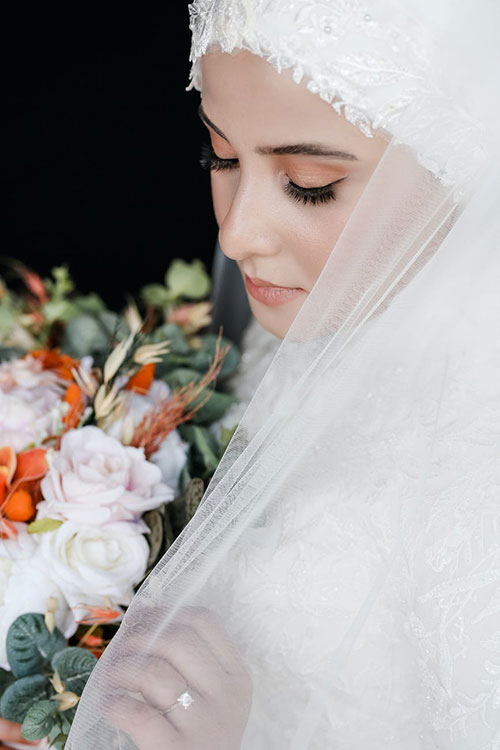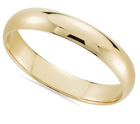 It is said that modern Egypt still is the trendsetter of the Arab world regarding the culture, like its predecessor – Ancient Egypt – was for its neighbors. Among other areas, Egypt creates trends in the wedding business and wedding customs. Even the shape of a standard wedding ring comes from Ancient Egyptian culture. But what unique Egyptian wedding traditions are there? What laws and rituals should a couple from Egypt follow these days?
It is said that modern Egypt still is the trendsetter of the Arab world regarding the culture, like its predecessor – Ancient Egypt – was for its neighbors. Among other areas, Egypt creates trends in the wedding business and wedding customs. Even the shape of a standard wedding ring comes from Ancient Egyptian culture. But what unique Egyptian wedding traditions are there? What laws and rituals should a couple from Egypt follow these days?
In Egypt, religious wedding ceremonies are rather popular. But there are only three main religions officially recognized in this country – Islam, Christianity, and Judaism, so the local religious marriage ceremonies are usually performed according to one of these practices.
But as usual, before the wedding itself, there is an engagement, with its own rituals and rules.
In the past, weddings often were arranged by the couple’s parents. This tradition is somewhat old-fashioned today, though some families still practice it. Still, most modern couples choose their partners for life themselves.
When the question has been popped and the couple decides to get married, they ask for their parents’ blessing. The engagement is considered set after the parents have given their blessing for the future marriage and the groom has paid the mahr and the shabka. What are these? The mahr is a certain sum of money paid by the groom to the bride’s parents. And the shabka is a ritual when the groom presents his future bride with costly jewelry.
The engagement party is organized by the bride’s family. They invite the groom’s family and many friends and relatives to their home or to a restaurant to celebrate the engagement.
Before the wedding, the bride and her female friends and family members have the Henna night. They gather a day or two before the big day, have their hands and feet painted with henna patterns, have fun together, and get the bride ready for the wedding. Often, women wear belly-dancing costumes for this night.
Egyptian wedding ceremonies often are fancy and cheerful. The bride, the groom, their families, and the wedding party come to the wedding location in a procession of cars embellished with ribbons, flowers, and other wedding décor.
The bride can be dressed in either a white wedding dress or a brightly colored wedding gown. Usually, Egyptian brides use wedding veils. Muslim brides cover their head with a special veil, beautifully decorated. The groom wears a Western-style suit or a traditional tribal outfit.

At the wedding venue, this procession is met by another cheerful procession of wedding guests. They perform belly dances, sing, the drummers play music, and people start to congratulate the couple. Then, either a religious or civil marriage ceremony is performed, the legal marriage papers are signed, and the marriage contract as well (if the couple decides to have it).
Interesting fact! The shape of a standard wedding ring is related to the Ancient Egyptian culture – a circular shape, without beginning and without end, something eternal and smooth. Like true love or happy marriage.
During the wedding reception, there is a lot of belly-dancing and singing, and, of course, a lot of eating and drinking the traditional non-alcoholic drink called “sharbat” (sweet drink made from fruits and herbs). The wedding cake is ceremonially cut by the couple and they feed each other. Often, the tossing of the bridal bouquet is performed. The candelabra dance, a specific traditional belly dance, is performed at most Egyptian weddings.
When the reception is over, the couple goes to the groom’s house. Sometimes, it is done in a spectacular way – the bride leaves for her new home with a colorful procession, riding a camel, and she is accompanied by people singing and dancing.
Another curious Egyptian tradition is related to the cooking of food. The first week after the wedding, the bride’s mother cooks for the newlyweds all their meals.

